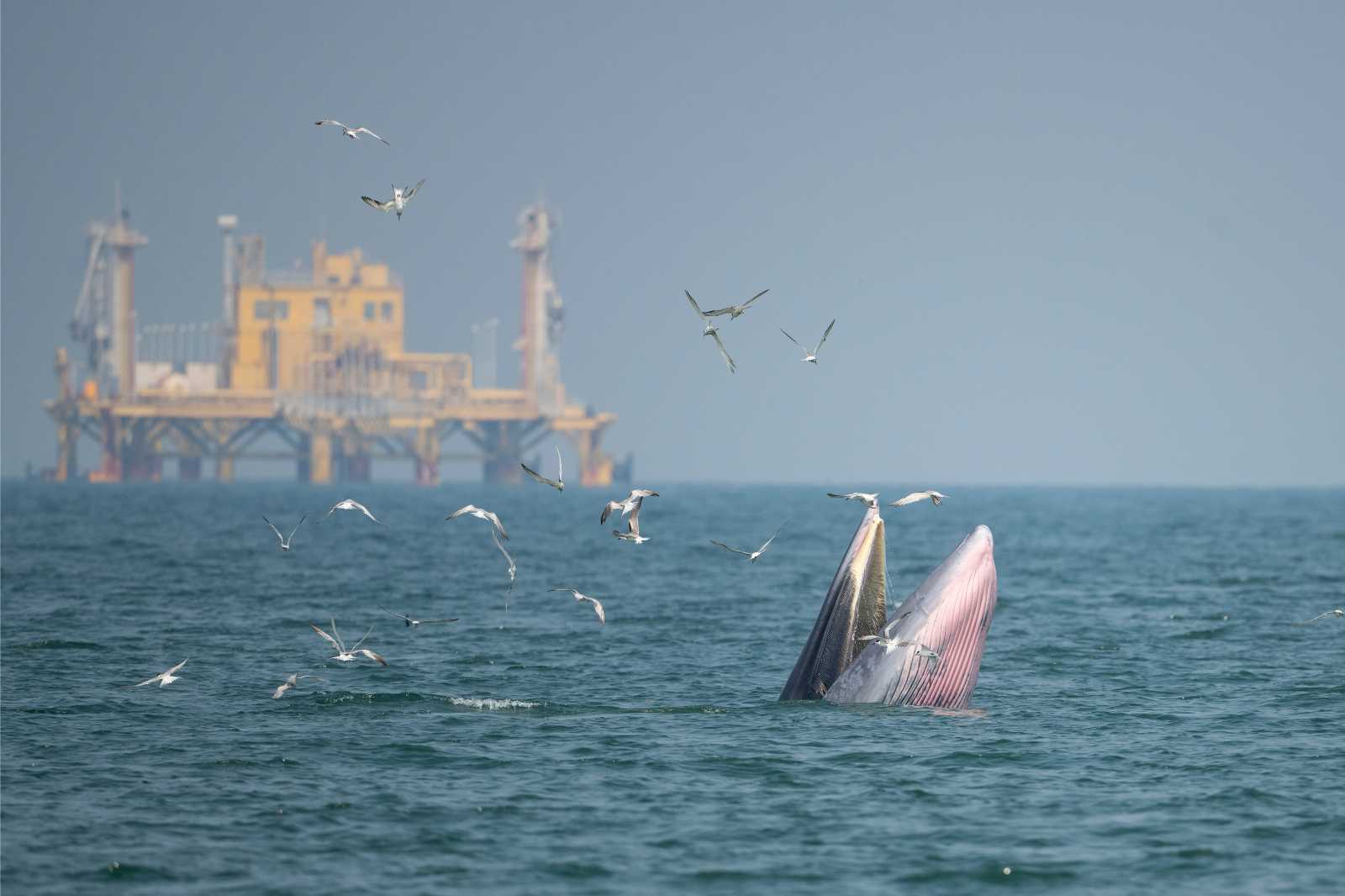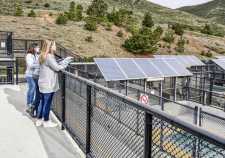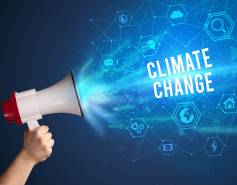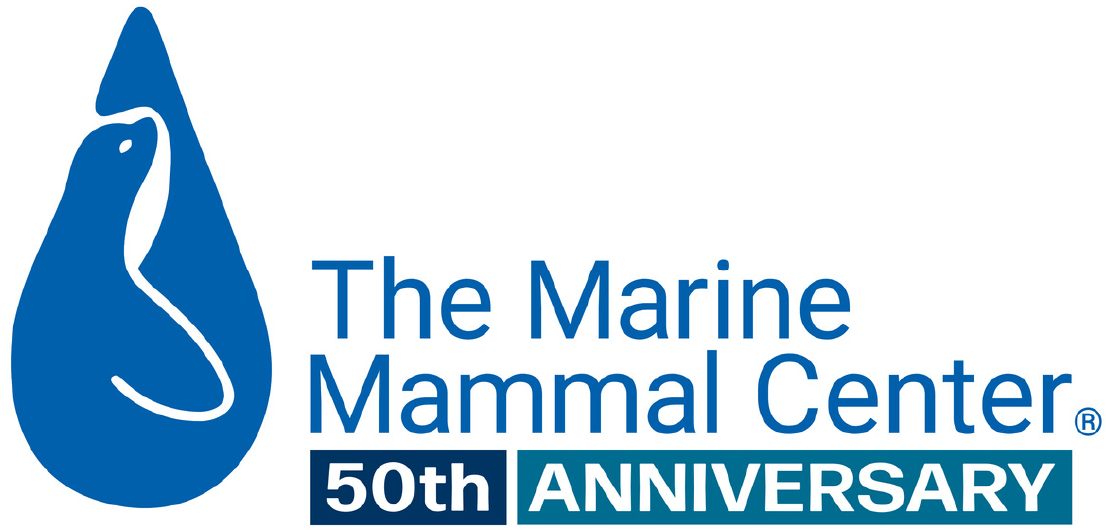
A Global Challenge for Ocean Health
The world’s climate is changing, and these changes will have an enormous impact on our planet, especially our ocean.
By taking action now to ensure a healthy ocean and healthy marine mammals, we are also protecting future generations of marine mammals and people from the anticipated effects as climate change accelerates in the coming years.
What is global warming?
The burning of fossil fuels like coal, oil and natural gas is causing an increase in carbon dioxide in the atmosphere. This traps the heat of the planet like a blanket causing the oceans, land and atmosphere to warm.
You may be wondering ...
What exactly is climate, and how is it different from weather?
What exactly is climate, and how is it different from weather?
Weather refers to short-term atmospheric conditions and what we see on a day-to-day basis. If you say, “it’s currently raining outside,” you’re talking about the weather. Climate refers to conditions over a longer period of time – typically a 30-year average.
Different variables make up our climate, including precipitation and temperature. Climate describes what conditions we can usually expect in a certain region. If you say, “it usually rains in Seattle,” you’re talking about climate.
What is the difference between climate change and global warming?
What is the difference between climate change and global warming?
The two terms are similar, and they are sometimes used interchangeably. Global warming describes a more specific aspect of climate change: an overall increase in the Earth's average temperature.
Climate change is a broader term though. It refers to any change we will see in climate over an extended period of time, including changes in precipitation or even the intensity of storms. Climate change can also be used to describe changes on a regional or global scale.
What is making the Earth warmer?
What is making the Earth warmer?
Throughout history, different gases have kept the Earth at a temperature where life as we know it can survive. These gases, such as carbon dioxide, water vapor and methane, act as a big heat-trapping blanket over Earth's atmosphere.
Similar to the way a blanket works, these gases let in light and heat and keep this heat at the Earth's surface. As radiation from the sun reaches Earth, these gases keep in some heat while the rest goes back out to space.
However, as we've burned fossil fuels like coal and oil for daily human activities, even more of these heat-trapping gases are being released into the atmosphere. This rampant carbon dioxide has added to the heat trapping blanket, keeping more heat at Earth's surface. Since 1950, we have seen the amount of carbon dioxide in the atmosphere increase by 30 percent!
Why is carbon dioxide so important?
Why is carbon dioxide so important?
Carbon dioxide is the main greenhouse gas released by burning fossil fuels like coal, oil and natural gas. It stays in the atmosphere for a long time, and it has the ability to trap in a lot of heat.
Before we used fossil fuels for most of our daily activities, the concentration of carbon dioxide in the atmosphere was relatively low. Today, carbon dioxide concentrations have reached unsafe levels that we haven’t seen in the past 800,000 years!
How does the ocean affect climate?
How does the ocean affect climate?
The ocean is the base for all life on the planet. The ocean absorbs most of the heat coming from the sun. The ocean also acts like the climate’s heart, circulating warm water in the tropics to colder regions, and cold water from the poles to warmer regions.
This distributes heat and corrects the uneven distribution of radiation reaching Earth. Without currents, temperatures in the poles would be even colder and temperatures in the tropics would be even warmer.
Is there a connection between human activity and climate change?
Is there a connection between human activity and climate change?
While natural processes can change Earth’s climate, human activities are changing climate more rapidly than ever seen before. Industrial activities have raised carbon dioxide concentrations higher than ever seen before in 800,000 years, and increases in carbon dioxide closely coincide with increases in temperature.
The rapid changes we are seeing today also closely coincide with the start of the Industrial Revolution when we first began burning fossil fuels like coal in large amounts for daily activities, like driving cars and using electricity.
Is there a lot of scientific debate about climate change?
Is there a lot of scientific debate about climate change?
Over 97 percent of climate scientists agree that climate change is happening, faster than ever before, and that humans are causing many of the changes due to things like burning fossil fuels. The only question remaining is what communities and countries will do in the coming years to cut carbon emissions.
How has climate changed in the past? How may it change in the future?
How has climate changed in the past? How may it change in the future?
The Earth’s climate has changed throughout history from natural processes. Atmospheric samples from hundreds of thousands of years ago trapped in ice cores have indicated that the planet has undergone many periods of freezing and warming. Typically, these changes occur over long periods of time stretching thousands of years.
Today, we are seeing rapid changes at a faster rate than ever before, whether it is sea level rise of 6.7 inches over the last century or record-setting global temperatures the last few years.
Future change will depend on many factors, but the most important factor is how much fossil fuels are burned by communities around the world. Depending on our emissions, temperatures could increase by about 2.5 to 10 degrees Fahrenheit by 2100, dramatically altering the environment as we know it.
How might I be affected by climate change?
How might I be affected by climate change?
Global climate change will affect every aspect of our lives. Events like drought, severe storms and heat waves will have a direct impact on human health, water and food supply. Other things that we value, such as unique biodiversity and spots for recreation, will also be at risk.
Is it too late?
Is it too late?
The Earth is nearing a tipping point, but it has not passed that point yet. Certain sensitive ecosystems, like some coral reefs, that have already been damaged by climate change may not recover or may take a long time to recover.
It’s important that we make a commitment to act quickly to give ecosystems a fighting chance. Carbon dioxide and methane linger in the atmosphere for extended periods of time, so we must take action now to prevent future changes.
How You Can Help
You can take action in your daily life and community to reduce your carbon footprint. Not only will you help protect the environment, but many solutions can also help you save money. Download these tips to reference later.
Taking Action at The Marine Mammal Center



National Network for Ocean and Climate Change Interpretation (NNOCCI)
Since 2020, the Center has served as the fiscal sponsor for NNOCCI, one of the largest climate change communication training programs in the world. Using proven research-based communication techniques, and with more than 800 members at over 360 organizations around the county, NNOCCI-trained organizations reach tens of millions of visitors each year. Numerous scientific studies and publications have documented the network's effectiveness in increasing a) knowledge and understanding of climate change, b) confidence in communicating with others about climate change, and c) hope for climate action -- all of which have led to increases in people taking action addressing the root causes of climate change. For more information, visit www.NNOCCI.org.
Climate Literacy Collaborative
After identifying a gap in support for environmental educators and a continued need for capacity-building around climate change communication, The Marine Mammal Center created the Climate Literacy Collaborative.
With a community that includes hundreds of climate educators and communicators, the Collaborative offers a climate solution toolkit and hosts climate workshops that address current deficiencies in environmental education and support resilient communities and healthy ecosystems.
The Climate Literacy Collective serves as a resource for capacity-building, program exhibit design and message development. It also acts as a community-scale model for efforts to tackle climate change education at a collective level.
Solar Panels and Renewable Energy
The solar panels over the patient pens and medical buildings generate between 25 to 35 percent of our energy consumption. While our filtration is quite energy-intensive in order to provide the best care for our patients, each year our our solar panels collect the equivalent of what it takes to power more than eight average homes.
Because it is cheaper to use solar energy rather than fossil fuels in California, we are also able to save close to $20,000 a year, meaning that your donation dollars can go farther in supporting our patient care and education work.
A local Community Choice Aggregation called MCE provides solar and wind energy to cover our remaining energy use, which means the Center is powered on 100 percent renewable energy.
Water Conservation
Clean water is critical for our patients, but we are mindful of our water usage at the hospital. Utilizing a state-of-the-art filtration system, we are able to recycle 80 percent of the water in the patient pens and treat it with ozone gas in order to ensure that our patients have a clean environment for healing without wasting precious water resources.
Learn More About Climate Change
{"image":"\/Misc\/Graphics\/cropped-images\/climate-change-megaphone-shutterstock-522-0-4816-3762-1619108483.jpg","alt":"hand holding a megaphone with the words \"climate change\"","title":"Stewardship Saturday: Communicating Climate Change","link_url":"https:\/\/www.marinemammalcenter.org\/publications\/stewardship-saturday-communicating-climate-change","label":"Online Learning Resource","type":"publication"}

{"image":"\/Animals\/Wild\/Gray whale\/cropped-images\/gray-whale-aerial-shutterstock-738-1090-2184-1706-1618526985.jpg","alt":"aerial view of gray whale mom and calf","title":"Climate Change and Cetaceans with the American Cetacean Society","link_url":"https:\/\/www.marinemammalcenter.org\/publications\/climate-change-and-cetaceans-with-the-american-cetacean-society","label":"Online Learning Resource","type":"publication"}

{"image":"\/Animals\/Wild\/Other species\/cropped-images\/weddell-seal-shutterstock-256-0-3788-2959-1639535584.jpg","alt":"Weddell seal on the ice","title":"Marine Mammal Monday: Animals of the Antarctic","link_url":"https:\/\/www.marinemammalcenter.org\/publications\/marine-mammal-monday-animals-of-the-antarctic","label":"Online Learning Resource","type":"publication"}

{"image":"\/People\/Action\/Education\/cropped-images\/climate-change-protest-signs-shutterstock-1706-6-3168-2475-1616777755.jpg","alt":"young climate change protestors","title":"Stewardship Saturday: Creating Communities for Youth Action in Ocean Conservation","link_url":"https:\/\/www.marinemammalcenter.org\/publications\/stewardship-saturday-creating-communities-for-youth-action-in-ocean-conservation","label":"Online Learning Resource","type":"publication"}

Stewardship Saturday: Creating Communities for Youth Action in Ocean Conservation
Read MoreOur Partners in Climate Education
The Marine Mammal Center works with many local and national partners in raising awareness about climate science and communication, as well as solutions to reducing our carbon footprint.
The National Network for Ocean and Climate Change Interpretation is a nationwide network of zoos, aquariums and science centers works together to identify best practices for climate communication. The Marine Mammal Center joined the network in 2013 and currently serves as chair of the National Training Committee.
North American Association of Environmental Education is one of the world's largest environmental education organizations, this group advances environmental literacy and civic engagement. In 2014, Adam Ratner, our Associate Director of Conservation Education, was selected as a Community Climate Fellow and continues to work closely with 25 other fellows on climate-related programming.
Get Green is a mobile app that allows you to track and see your current climate actions and new ways to engage in sustainable behavior. GetGreen has partnered with the Center to design a specific app that allows our community to connect and take action. During our first pilot amongst our Youth Crew Climate Ambassador program, 52 users registered with The Marine Mammal Center Project completed 1,179 actions and mitigated about 18 metric tonnes of carbon. Join the growing community today at: GetGreen and The Marine Mammal Center.
Rising Sun Center for Opportunity is a leader in building careers and providing access to environmentally-friendly opportunities, Rising Sun partners with the Center through a joint externship where young leaders get hands-on experience working alongside our experts taking climate action. In addition, they provide free at-home and virtual home energy audits to local San Francisco Bay Area residents. To sign up for a free energy audit, visit: Green House Call Program.
Bay Area Community Resources has partnered with the Center to host Sustainability Service Corp members, a AmeriCorps Fellowship program that delivers professional development to emerging climate protection leaders who implement projects related to sustainability, education, and community engagement for municipalities, nonprofits, schools, and disadvantaged communities across California.




